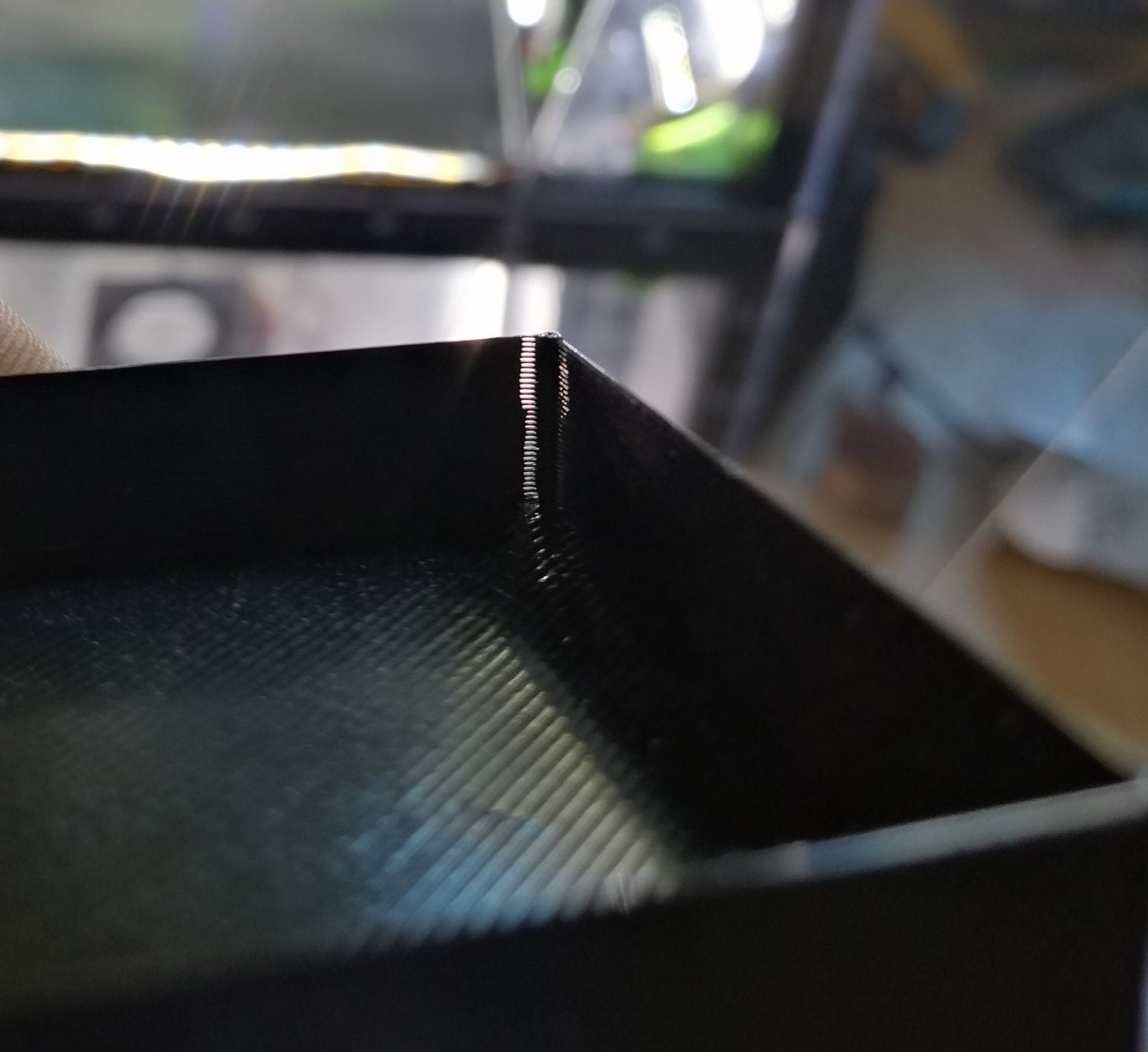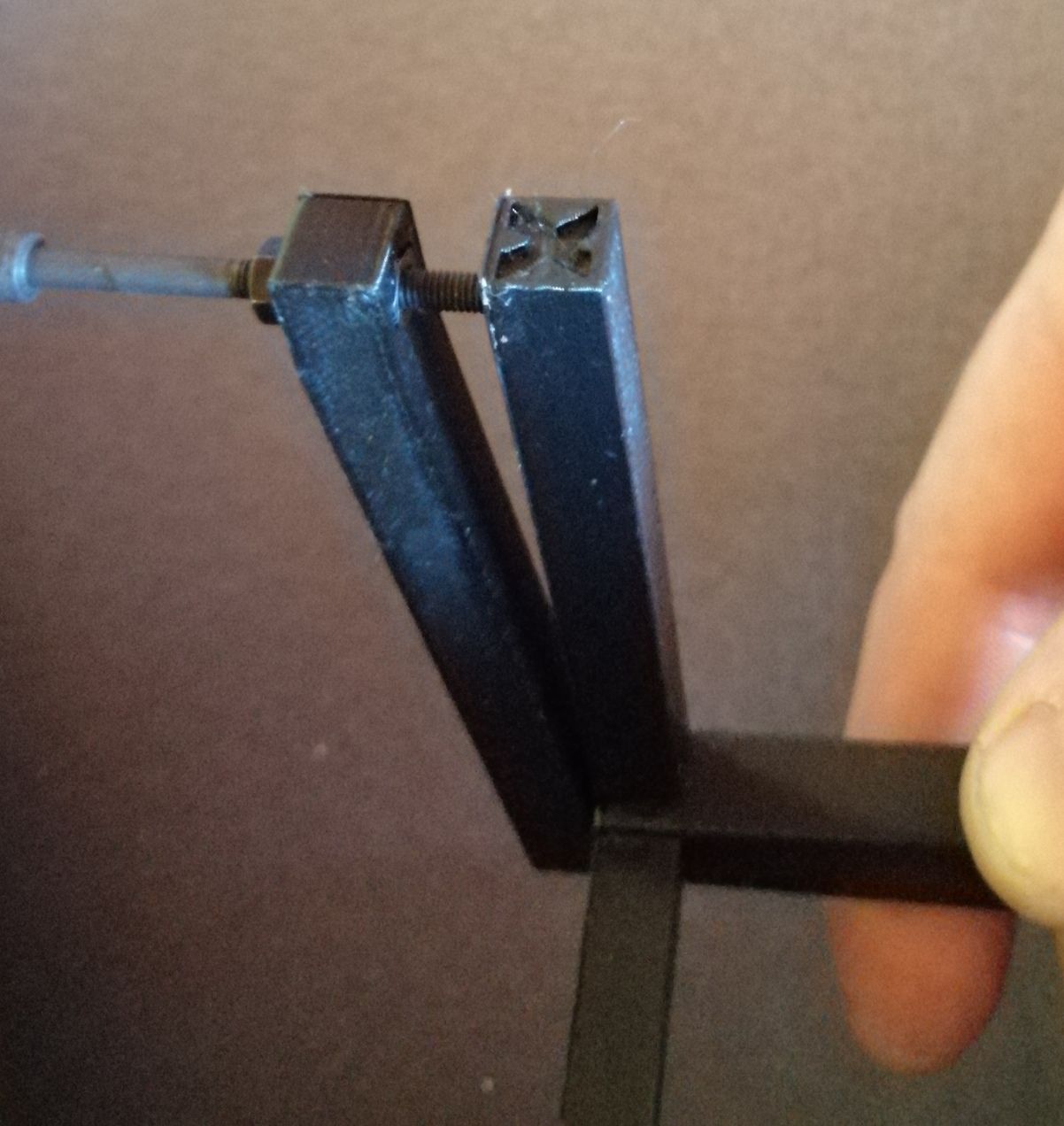RRF3.3beta1 - Axis skew compensation - InputShapingTypes - PA
-
1: „S“ should be the measured distance. S100 is just an example in the gcode wiki.
2: those are new methods / approaches for input shaping. After you’ve found your correct frequency I would print a medium sized XYZ test cube with each setting (P1, P2, P3, P4) and chose the best looking one. That’s what I did and the result with ZVDD was imo the best but that may be machine dependent. What those types mathematically exactly do I cannot tell though. The papers I found online were quite scientific. Maybe someone else can give a short answer to that.
But I would not use a unstable build to test this!3: It’s a beta version, so bugs can be expected. Holes in the print sound like the same problem I’m having with 3.3b1.
Would you mind resetting your printer, start a print which shows the problem, pause it after the problem happens and enter M115 in the web interface console. I wonder if you also have driver timeouts causing the inconsistencies. -
The only input shaping implemented in 3.3beta1 is DAA. The other settings are there to support ongoing development.
-
That would mean my printer has slightly different pronounced ringing on the print‘s surface (looking at it with a magnifying glass and lightning from above) depending on the placement on the bed as I printed four cubes in sequence with different „P“ setting for M593 from far front to far back. That’s interesting...
-
@Argo said in RRF3.3beta1 - Axis skew compensation - InputShapingTypes - PA:
That would mean my printer has slightly different pronounced ringing on the print‘s surface (looking at it with a magnifying glass and lightning from above) depending on the placement on the bed as I printed four cubes in sequence with different „P“ setting for M593 from far front to far back. That’s interesting...
Can you provide a photo? What is the range of ringing frequencies? The more advanced forms of input shaping current being implemented can suppress ringing over a band of frequencies.
-
I first found my ringing frequency and measured as best as I could. It's set for 46.3hz for all cubes placed from back to front, printed in sequence.
1st M593 disabled:

2nd EI2:

3rd ZVDD:

IMO the 3rd with ZVDD setting looks the best but then it's the placement on the printer and not the feature as it's not implemented yet and just the usual DAA?!

-
@dc42 ok thanks for the info. Will the other be also implemented?
Then I will stick to DAA at the moment -
@Argo with holes, I meant this little spots around the corner. With low PA values, they are at the accelerating side, with values at around 0.080 and up, they start to appear at the deccelerating side

-
@Argo Axis Skew compensation
Could you explain that please?
When I measuring at this position, would this difference be the X parameter?
-
This page explains it far better than I could

http://reprapltd.com/reprappro/documentation/ormerod-2/axis-compensation/index.html#Orthogonal_Axis_Compensation -
@Argo Thanks, i will have a look